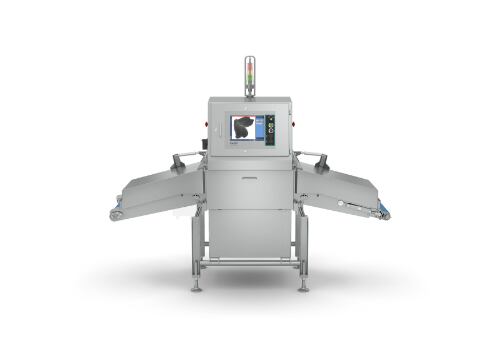Low production costs and the perception that poultry is healthier than red meat has seen chicken and turkey demand rise around the world. However, with the majority of birds slaughtered before they reach full maturity, bone density is low, meaning fragments are becoming harder to detect at processing level, according to Eagle Production Inspection.
This is a unique challenge for the poultry industry as it gears up to meet rising demand for boneless white meat.
“Products with bones, which should be boneless, entering the retail supply chain have the potential to harm a customer’s brand and create a negative consumer experience or, worse, a product recall,” Yousef Fatayer, project support group manager at Eagle Product Inspection told this site.
His warning comes as the Organisation for Economic Co-operation and Development (OECD) predicts growth in poultry production will account for more than half of all meat production expansion over the next decade.
Slaughter older birds for ‘better detection’
China is set to drive demand for poultry. Rising incomes have already boosted purchasing power of its burgeoning middle class, which is demanding more pork, poultry and beef. Complementing this,
western-style eating habits are rising and KFC, a big seller of boneless chicken, is now the most popular fast-food franchise in the Chinese market, according to Eagle Production Inspection.

With more poultry set to flow through factories as the world tries to meet rising demand, detecting bones as early as possible is a challenge, because slaughtered birds are not getting any younger.
“The majority of birds slaughtered do not have highly calcified bones – particularly when it comes to the rib, fan and wish bones, which are the hardest to detect,” added Fatayer.
“Calcification hardens bones, allowing them to create a greater disturbance within an X-ray image, therefore the older the birds, the easier they are to inspect in terms of bone detection.”
Increasing the age of birds pre-slaughter may not be commercially viable for business. Fatayer said X-ray inspection systems were increasingly being used by the meat industry to detect bone.
Using X-ray systems can help “the detection of physical contaminants such as bone”, he added.
